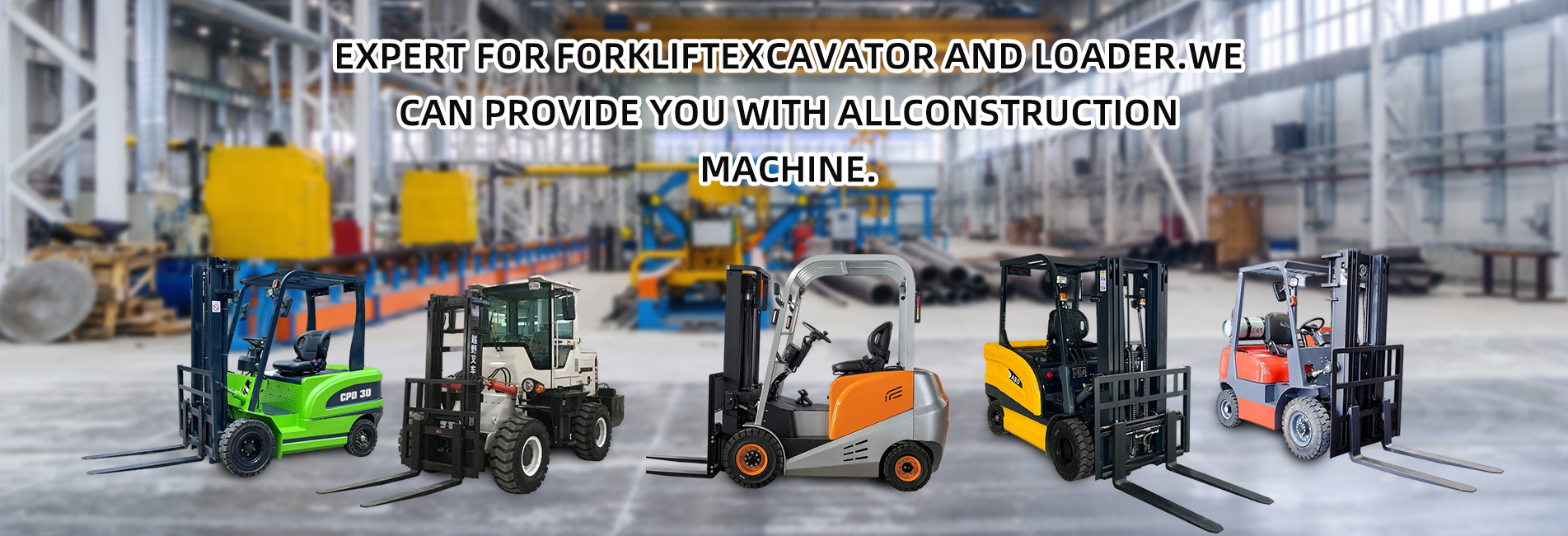To determine the most suitable tonnage for an electric forklift, it is necessary to comprehensively consider various actual needs. There is no uniform standard answer, but accurate judgment can be made through the following key factors:

First of all, the weight of the goods is the core basis. It is necessary to clarify the regular weight of the goods handled daily. The rated tonnage of the forklift must be greater than or equal to this weight, and a certain safety margin should be reserved. It is usually recommended to reserve 10%-20%. For example, if you often carry 2-ton goods, choosing a 2.5-ton or 3-ton forklift will be more appropriate, which can prevent the forklift from being in a full-load state for a long time and extend its service life.
Secondly, the working environment has a significant impact on the choice of tonnage. If the working space is narrow, such as small warehouses and narrow workshop passages, even if the weight of the goods is not too large, priority should be given to forklifts with smaller tonnage and high flexibility, such as 1-2 ton electric forklifts, which are convenient for turning and shuttling. If the working site is open, such as large logistics parks and ports, and it is necessary to carry heavier goods, medium and large forklifts of 3 tons or more can be selected. In addition, road conditions are also important. When working on uneven roads, forklifts need better stability. At this time, choosing a forklift with a slightly larger tonnage, whose chassis and structure design are usually more stable, can reduce operational risks.
Furthermore, the frequency and duration of operations also need to be considered. If the forklift needs to work for a long time and with high frequency, such as working continuously for more than 8 hours a day, and the weight of the goods being carried is close to the rated tonnage of the forklift, it is recommended to choose a tonnage slightly larger than the actual demand to reduce the loss of components such as the motor and hydraulic system and reduce the probability of failures.
Finally, the expansion of future operational needs cannot be ignored. If an enterprise has plans to expand production scale and increase the weight of goods, it should reserve space in advance when choosing the forklift tonnage to avoid repeated purchase of equipment in the short term and save costs.
In conclusion, the most suitable tonnage of an electric forklift is determined comprehensively after fully understanding the weight of goods, working environment, operational intensity and future development needs. Only in this way can the forklift efficiently complete the work and operate safely and stably.


